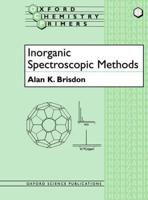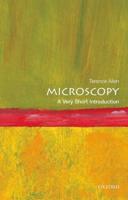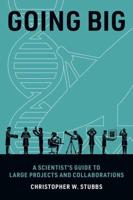Publisher's Synopsis
Hybridization Techniques for Electron Microscopy examines the use of in situ hybridization techniques, including an overview of current perspectives and future developments. The book features in situ methods for fluorescence probes and confocal scanning microscopes. Three in situ hybridization methods for electron microscopes are analyzed: the non-embedded tissue method using ultrathin frozen sections, pre-embedded method, and post-embedded method using material embedded in hydrophilic resin. Positive and negative features are discussed, and clear instructions regarding implementation of techniques are provided.
Particular aspects of the techniques are examined in detail, such as preparation of tissue, pretreatment, hybridization procedures, revelation (autoradiography and immunocytology) and checking procedures, in addition to the illustration, interpretation, and discussion of methods and results. The main applications described include virus detection, chromosomal gene mapping, detection of ribosomic nucleic acid, and detection of messenger RNA in animals and plants. Hybridization Techniques for Electron Microscopy is an excellent reference for cytologists, cell biologists, histochemists, cytochemists, molecular endocrinologists, and neuroendocrinologists.










